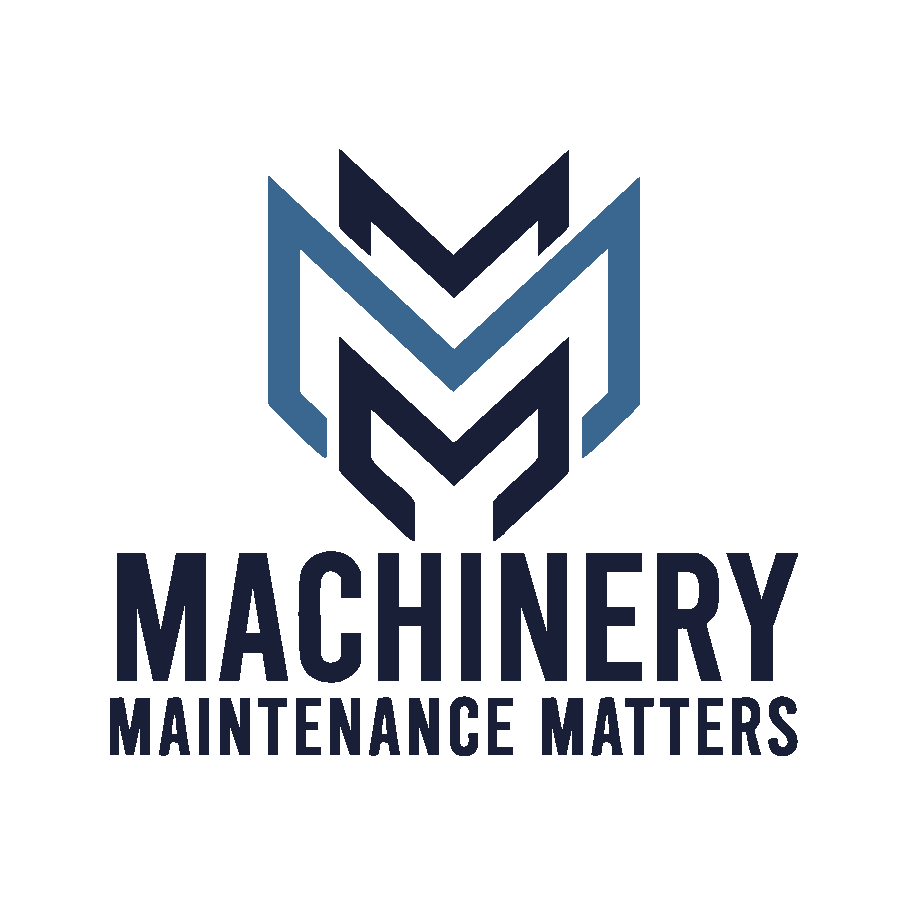Hot dip galvanized coatings provide both barrier protection and sacrificial cathodic protection. By significantly delaying corrosion, hot dip galvanizing increases service life, reduces maintenance cycles, and optimises life-cycle costs of steel-based infrastructure.
The International Zinc Association (IZA) Africa is reinforcing the importance of zinc galvanizing technology in mitigating corrosion, a natural process that compromises the integrity of steel structures and components across South Africa particularly at the coast.
Extractive metallurgy transforms mineral ores into usable pure metals such as iron, zinc, aluminium and tin, but corrosion drives metals back toward their original mineral state when exposed to oxygen and other environments. Galvanizing with zinc provides a proven solution by applying a metallurgically bonded zinc coating to steel surfaces.
“Hot dip galvanized coatings provide both barrier protection and sacrificial cathodic protection,” explains Simon Norton, Director, IZA Africa. “The zinc forms a dense, adherent series of iron-zinc alloys with the steel substrate, ensuring that zinc preferentially corrodes in aggressive environments, thereby extending the service life of the underlying steel.”
An Overview of the Hot Dip Galvanizing Process
Continuous Galvanizing
In integrated continuous galvanizing plants, steel strip and coil are galvanized directly after annealing by immersion in a molten zinc bath at line speeds of up to 150 m/min. An air or nitrogen knife controls zinc coating thickness to ensure uniform deposition, typically producing coatings of predominantly pure zinc with minimal alloying elements.
Process throughput can exceed 600 000 tonnes a year. The resulting galvanized products exhibit high ductility, abrasion resistance, and suitability for downstream fabrication into automotive panels, domestic appliances, corrugated roofing, and structural components. In South Africa, Arcelor Mittal Steel, Duferco Steel and Safal all operate continuous galvanizing plants.
Batch (General) Hot Dip Galvanizing
In South Africa there are 24 hot dip galvanizers located near end user markets in Cape Town, Johannesburg, Durban and Port Elizabeth. Unlike continuous lines, batch galvanizing involves total immersion of prefabricated components in molten zinc at 450 oC, ensuring complete coating coverage of steel items, including recessed geometries and internal cavities.
This process accommodates a broad dimensional range of steel parts, from small fasteners and fabricated profiles to large structural beams and lattice towers. In South Africa we have hot dip galvanizing kettles up to 14 metres in length and wide enough for large steel structures. “Talk to the IZA Africa to find out where to go,” stresses Norton.
Zinc Electroplating
Zinc electroplating, which is not galvanizing, deposits zinc via an electrolytic reduction process using soluble or insoluble anodes in zinc sulphate or other electrolyte systems. It produces thin uniform coatings of up to 9 μm per side, with high ductility and excellent surface finish, making it suitable for automotive body sheet and precision forming applications.
Zinc electroplating applies the same principle to discrete components (for example, bolts, springs, crank handles), with coating thicknesses up to 25 μm. While atmospherically exposed service life is far shorter compared to hot dip galvanized coatings, electroplated coatings deliver superior appearance, dimensional accuracy, and formability. They are not suited to outdoors exposure in South African coastal regions or in mines.
Zinc for Infrastructure Durability and Sustainability
By significantly delaying corrosion, hot dip galvanizing increases service life, reduces maintenance cycles, and optimises life-cycle costs of steel-based infrastructure. This not only conserves raw material resources but also aligns with global sustainability imperatives.
“Galvanizing is more than just corrosion protection,” concludes Norton. “It represents an engineering solution that enhances durability, improves circular economy of steel use, and reduces the environmental footprint of critical infrastructure and manufacturing industries.”
IZA Africa continues to promote hot dip galvanizing across South Africa and on the African continent to support the delivery of durable, cost effective, and sustainable steel applications in the construction, automotive manufacturing, energy, and transport sectors.






